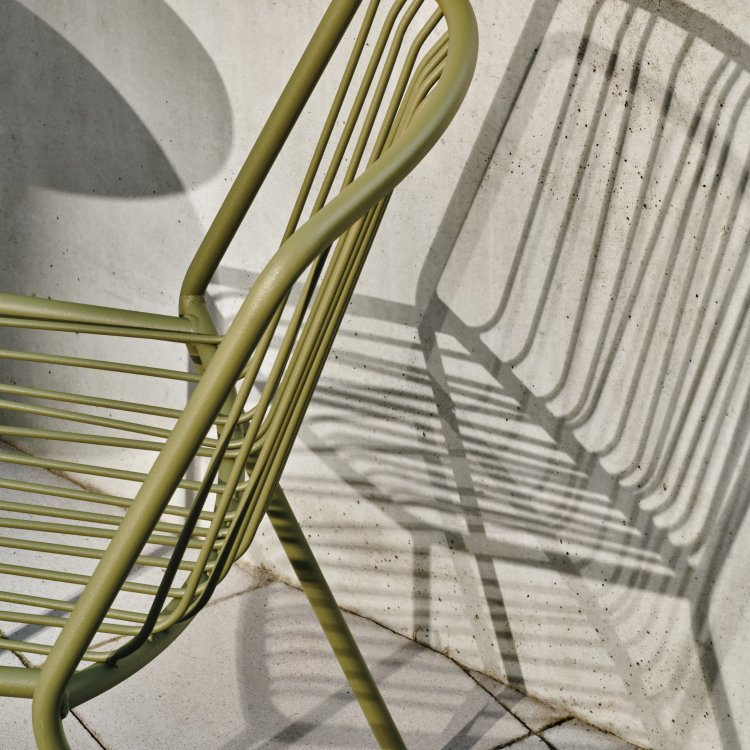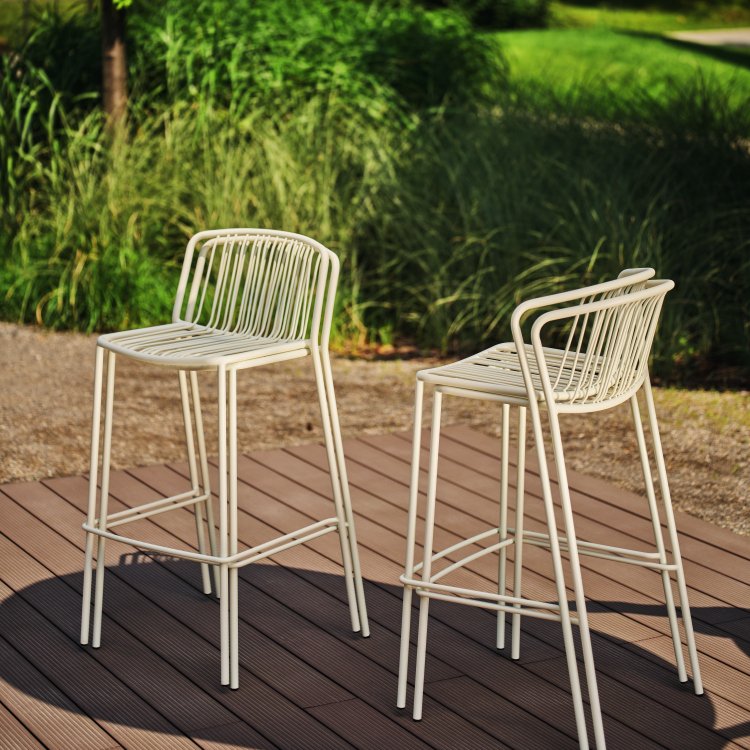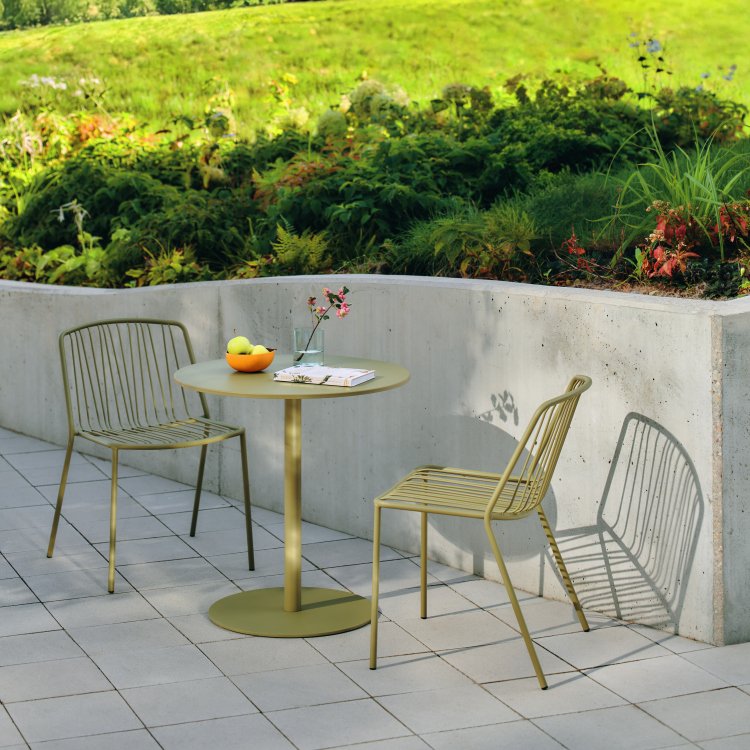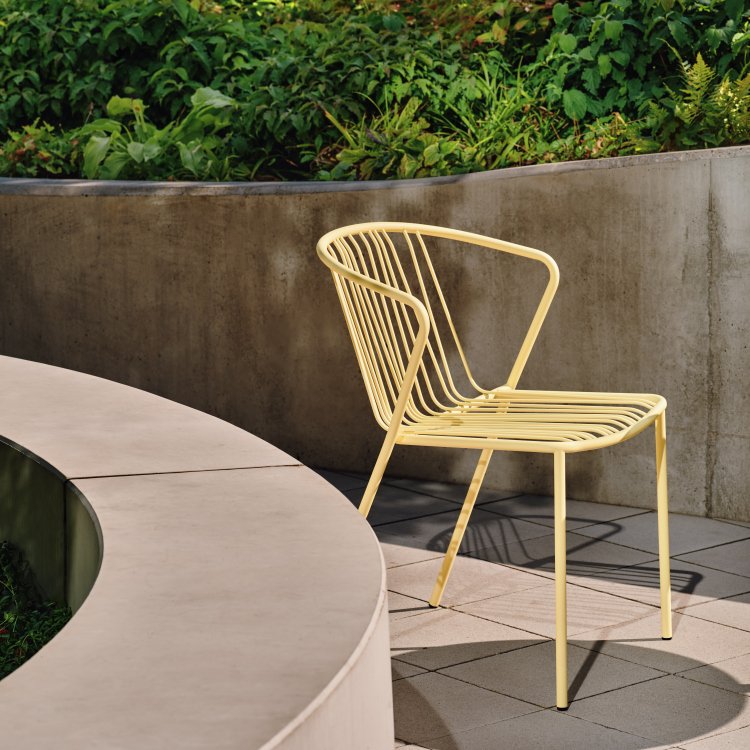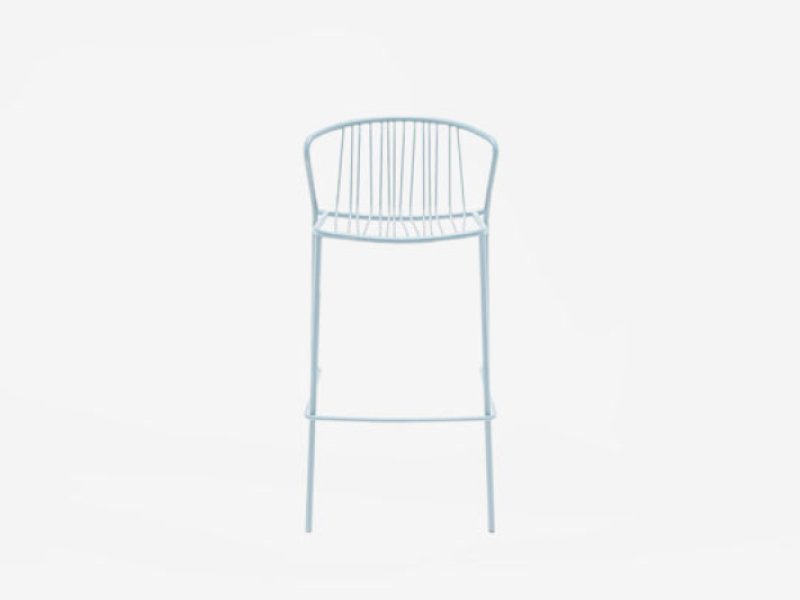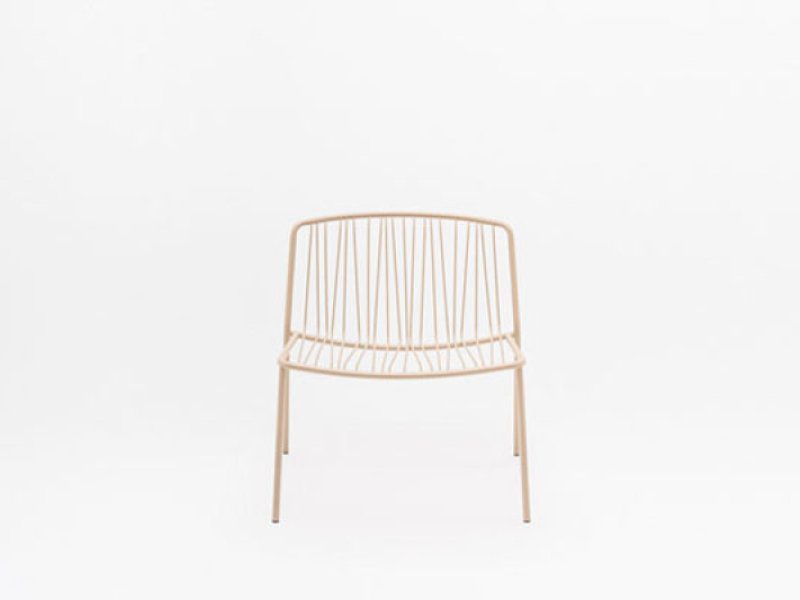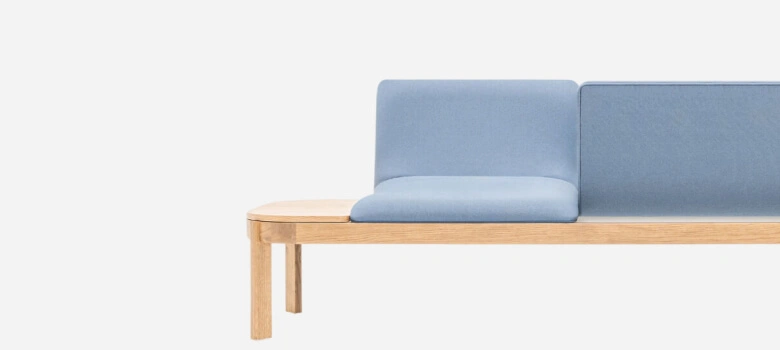Bio:
Trained in industrial design and marketing, Alejandro Valdés (Asturias, Spain, 1975) began his design trajectory in Milan and Barcelona working at Fiat Auto Advanced Design, Bonetto Design and Mario Ruiz design studio.
From 2008 to 2019 he worked with Lievore Altherr Molina focused on the design development and project management of collections for Andreu World, Arper, Enea, Donati, Fast, Foscarini, Sellex, Tecno, Tribù and Verzelloni.
In 2015 he completed the Master in Marketing Management at the EAE business school in Barcelona, which broadened his design strategic vision with an underlined "sense of market".
With a natural sensitivity towards product design and a deep knowledge of technology and industrial processes, in 2019 he took the next step in his career when he opened his own studio in Barcelona.
His approach to design is honest, essential and contemporary, seeking the natural balance that results from recognizable gestures, attention to details and coherent use of materials.
Besides his work as a designer, Valdés is lecturer on the Master in Furniture Design at Elisava design school of Barcelona.
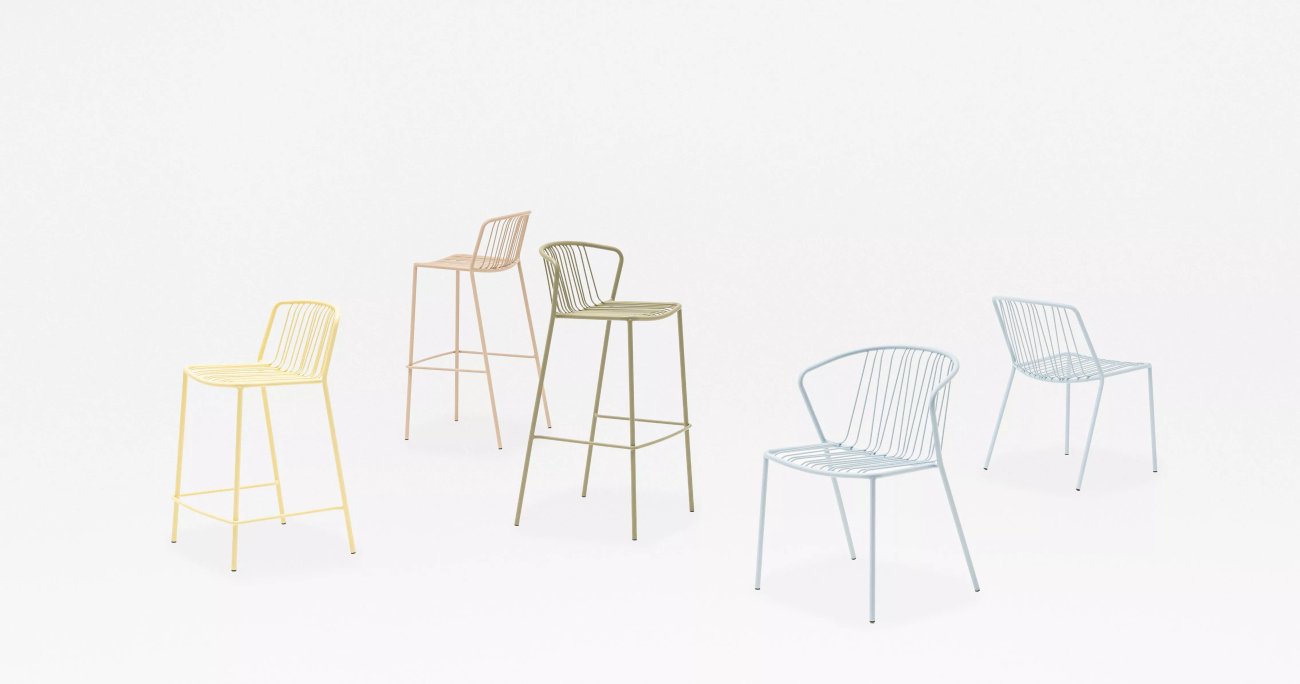
What was the idea behind Bris?
The intended meaning of the Bris collection was “indoor to outdoor”, so that would be a universal piece of seating. I wanted to create a chair, that can seamlessly move from the interior to the terrace, to create visual continuity between those spaces.
In terms of design, the most important idea was the movements of the chair’s rods. I was of course tempted to work with parallel, symmetric lines, as that’s an easier way to solve the design. But it is the uncomfortable work that makes this sort of interesting pieces, a chair that is different and beautiful.
As the family will feature a chair, an armchair and a high stool, all born from the same form. My aim was to use as many pieces that are the same as possible, to keep them all compatible and matching visually. What sets them apart is the back rod (that creates the armrests) and obviously the base, higher for the stool – the rest of the elements is the same.
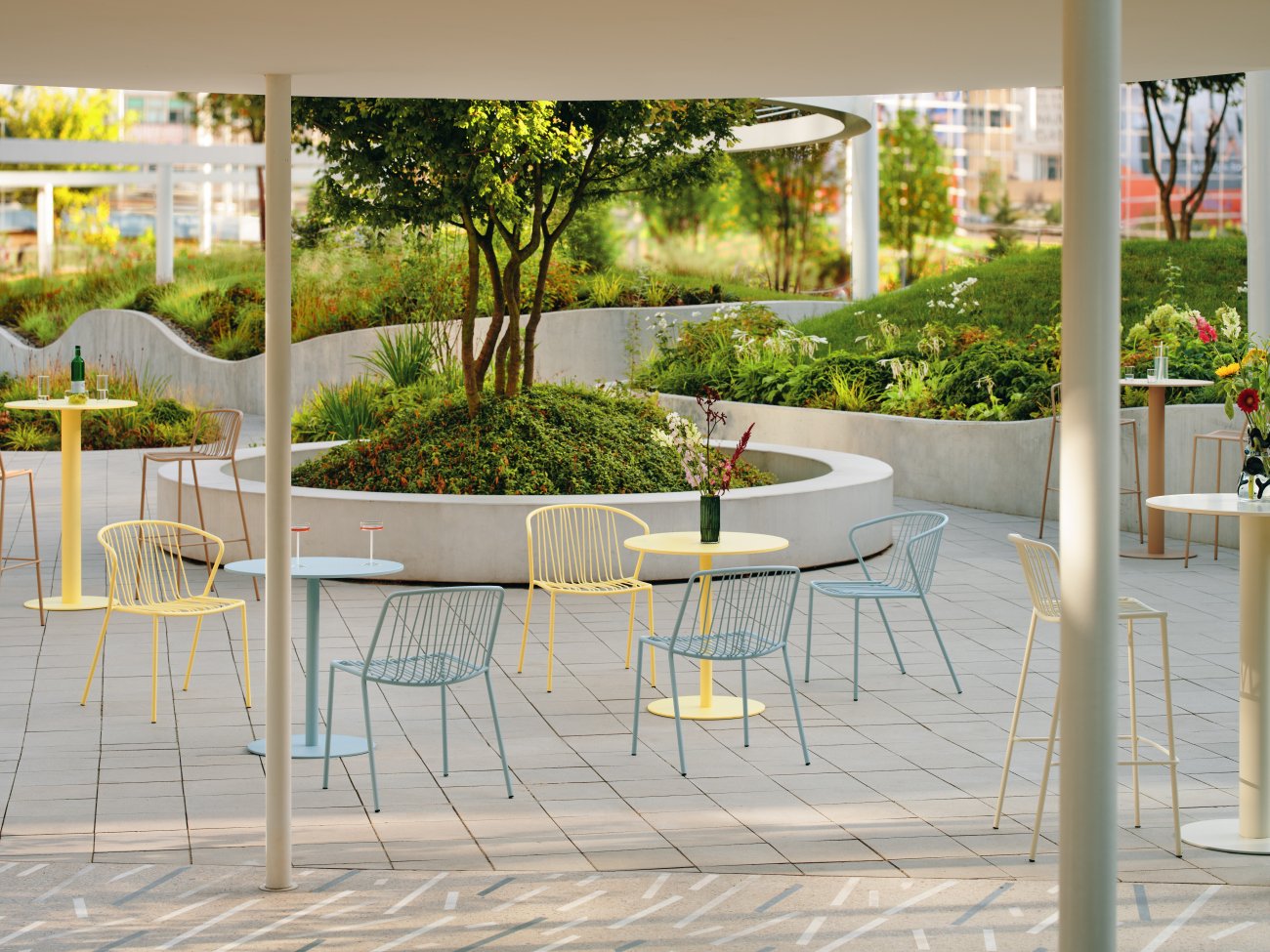
Are there any hidden features or solutions to Bris?
Bris seams random, but it is all carefully thought out, every design decision has an aim and a cause – and it all fits perfectly when you sit on it.
The arrangement of bars was designed specifically for the body. The middle one is not perfectly centered to make space for the spine, and the density of the bars increased in areas where the user’s weight accumulates. I wanted to make sure that the final product will be comfortable, as a chair has to be. The first thing you do when you sit on it, you touch the armrests and let your body feel it and tell you whether it’s good. I believe, that with its meticulous bar placement, Bris will be intuitively comfortable.
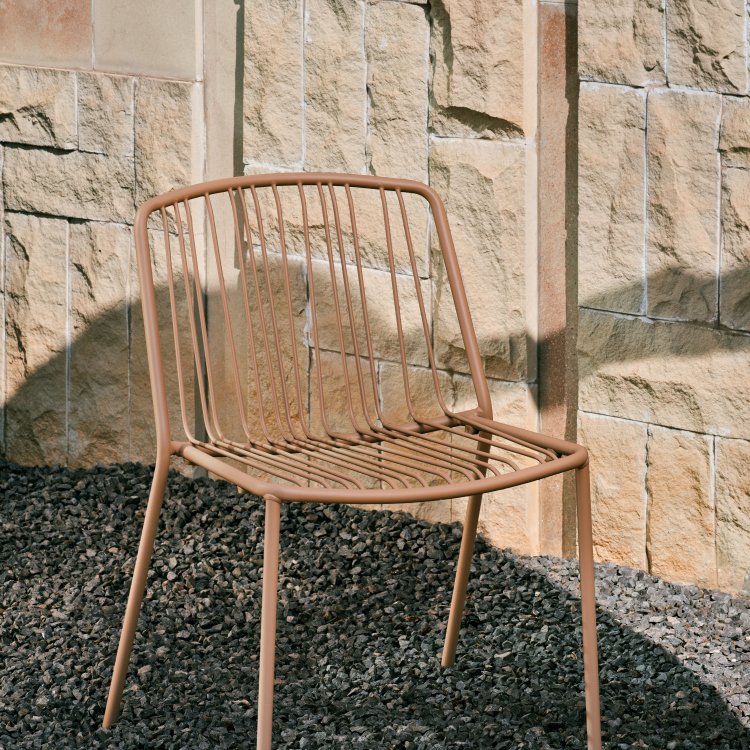
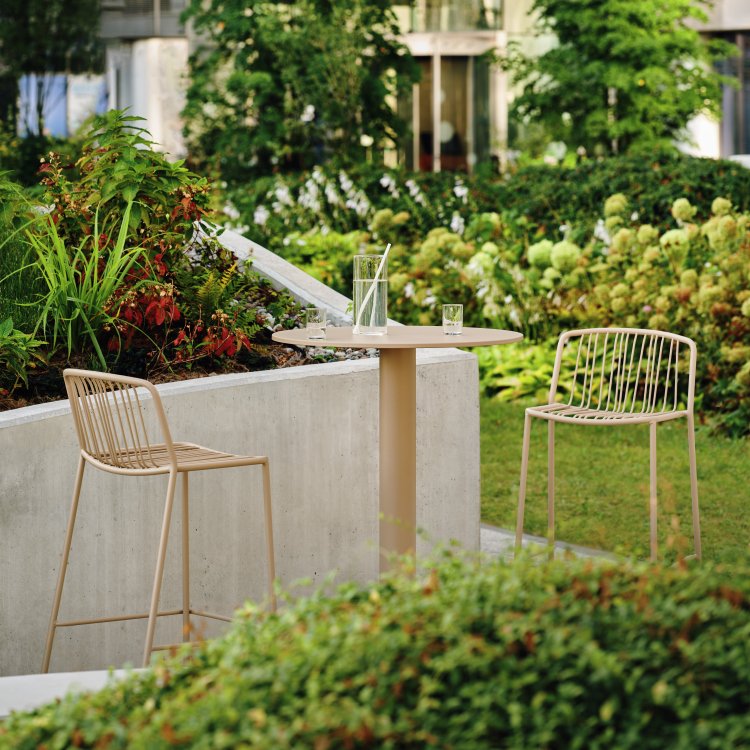
What drives you while designing furniture? What is the most important part of the design work for you?
When designing a piece of furniture, it is as important to work on the intangible aspects of the design (linked to emotions) as tangible ones (related to the technology and materials with which we solve the design).
The challenge, and the beauty of designer’s work, is to find that detail, proportion or gesture that makes the design proposal unique, attractive and special. But we must achieve this by respecting our cultural heritage, which is responsible for our collective imaginary. So you need to know the possible limits where we can be purposeful and innovative, but at the same time accepted by the market.
I also consider comfort to be unquestionable: we design products whose focus should be on offering the best user experience, and comfort should not be conditioned by aesthetics, cost or new styles.
Besides, I strongly believe that designer has to understand the technology, otherwise they are unable to design anything for the industry. For me that’s the core of the process, to adapt to the technological limitations and to use them as creative boost. It is important to speak with the team that makes the prototypes and later the final product as they know the technology, material etc. best. And me, a designer, I learn a lot in the process, trying to adapt the design and working hands on.
On a more abstract level, I seek for emotions in colours. It is nice to have some texture, to feel the paint and let the design speak to your senses. With Bris, there is also the shadow play of the bars, as it shows the chair in a soft and sensual way. Apart from how various colours works with the shape of each furniture, it also has to act in the space. Sometimes a vibrant accent is needed, and sometimes it is all natural and should stay like that. My job is to take both those cases into considerations.
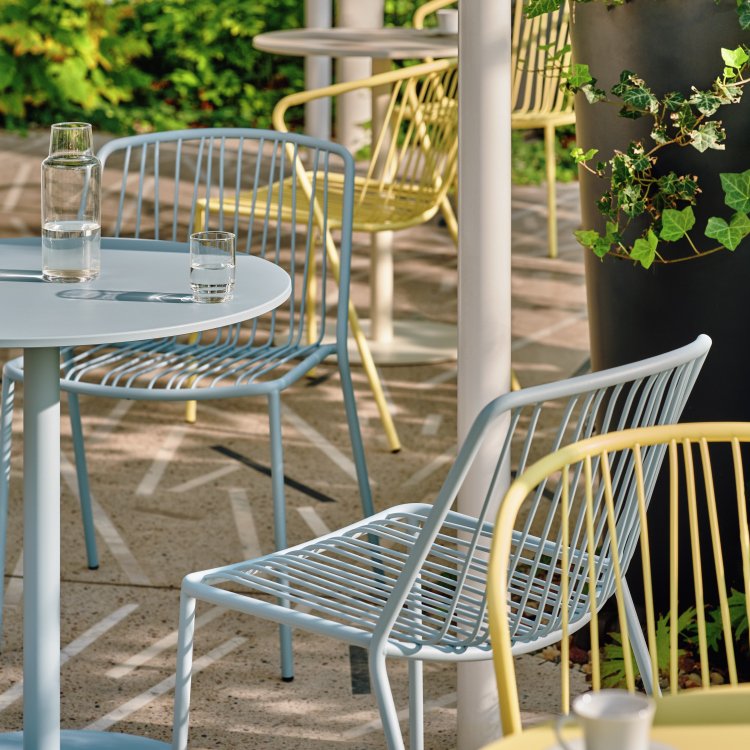
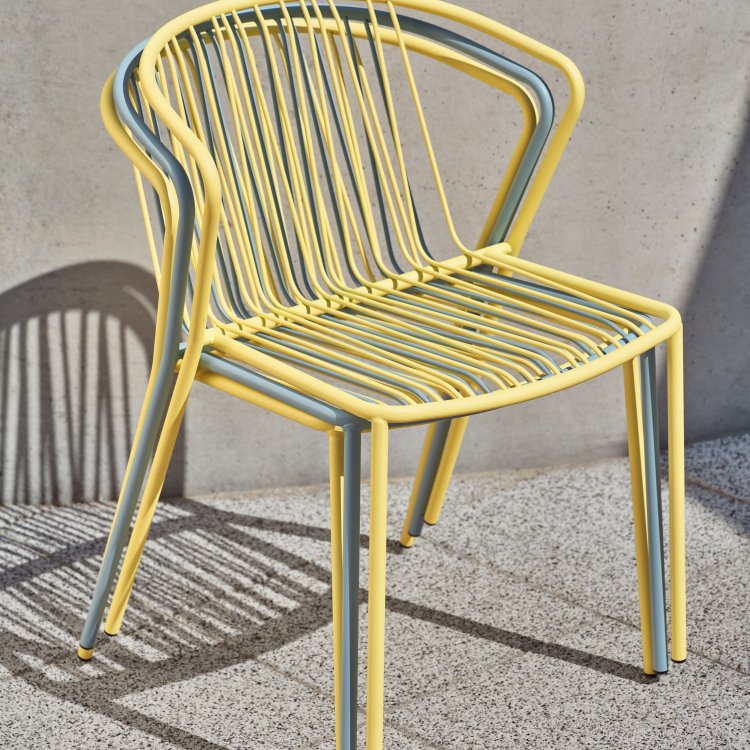
What is your design process? Was there anything different with this product?
For me, the first impression and the initial idea are very valuable. I start with sketching and a basic 3D drawing to check the proportions (the key to well-designed furniture!), then comes a lot of research and modifications, but I usually find out that I come back to the early design and tend to choose it.
I like the research phase, and thus research a lot of information, basically everything that I can. A lot of research is included in the design work – even more than designing itself. That is because to be able to design something different, I have to know a lot about the market. I study the typology to see what is missing from it. With Bris, that’s where the idea appeared to create movement with the wires and to not place them parallel. It is easier to do them parallel, but I find it boring. Also, having this illusion of movement is the trick to creating something different. Of course, you can just use proportions to fit into the typology, but you have to be courageous to design something new.
Another essential part of my design process is to make prototypes – not paper ones, but rather in the final materials. Prototypes contain the beauty of the ephemeral and unfinished but at the same time, it gives us the certainty to make the best decisions.
I work with materials such as aluminium, plastic, metal, cardboard and use 3D printing. For Bris, the prototype was made in bent aluminium and carved foam. After the mock-up is done, I leave it alone in my studio and come back to it the next day to have a look from various perspectives, to sit on it. I often ask my friends to test it. I do that for a few days and it is a fight with myself, as I have to choose just one of the ideas and leave the rest behind. Design is a journey and I do not want to lose any part of it, but I have to adjust to the client and user feedback.
As the essential feature of each chair is its comfort of use, I use the prototypes to check the ergonomics of each design – I have even built a machine to test them in my studio along with the sitting tests. I have confidence in the ergonomics of my designs, and if there’s something uncomfortable and bad, I take the responsibility. After using the Bris prototype for a few days, I did some small improvements, like a few degrees change in the angle of the set to make it softer and slightly bigger to better fit the machines. And the second prototype is better and more comfortable, but you have to look closely to see the visual difference.
So, a good design is a team effort! What do you like about the designer-factory cooperation?
I work with the client, in this case with .mdd, closely throughout the whole design process and use their feedback to a maximum. I am loyal to the first idea, but I have to work it out with client, showing them two or three variations of it. It’s them who knows the production, technology and sales limitations best (maybe it’s expensive, maybe it is tricky to produce, maybe they don’t have the technology needed). As a designer, I have to check initial ideas with them as soon as possible and make a mutual decision to eliminate any problems and doubts and to ensure a successful implementation. A designer has to listen to the users and makers to improve.
